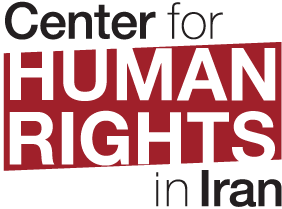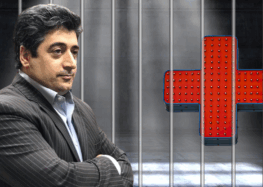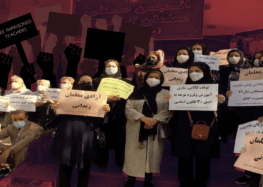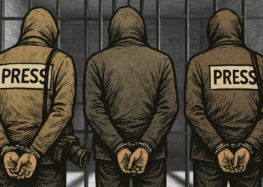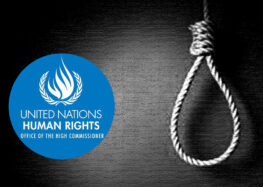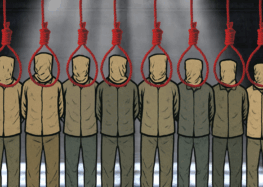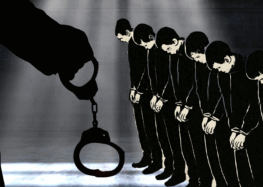Iran’s Destruction of Graves from 1980s State Massacres Must Be Condemned
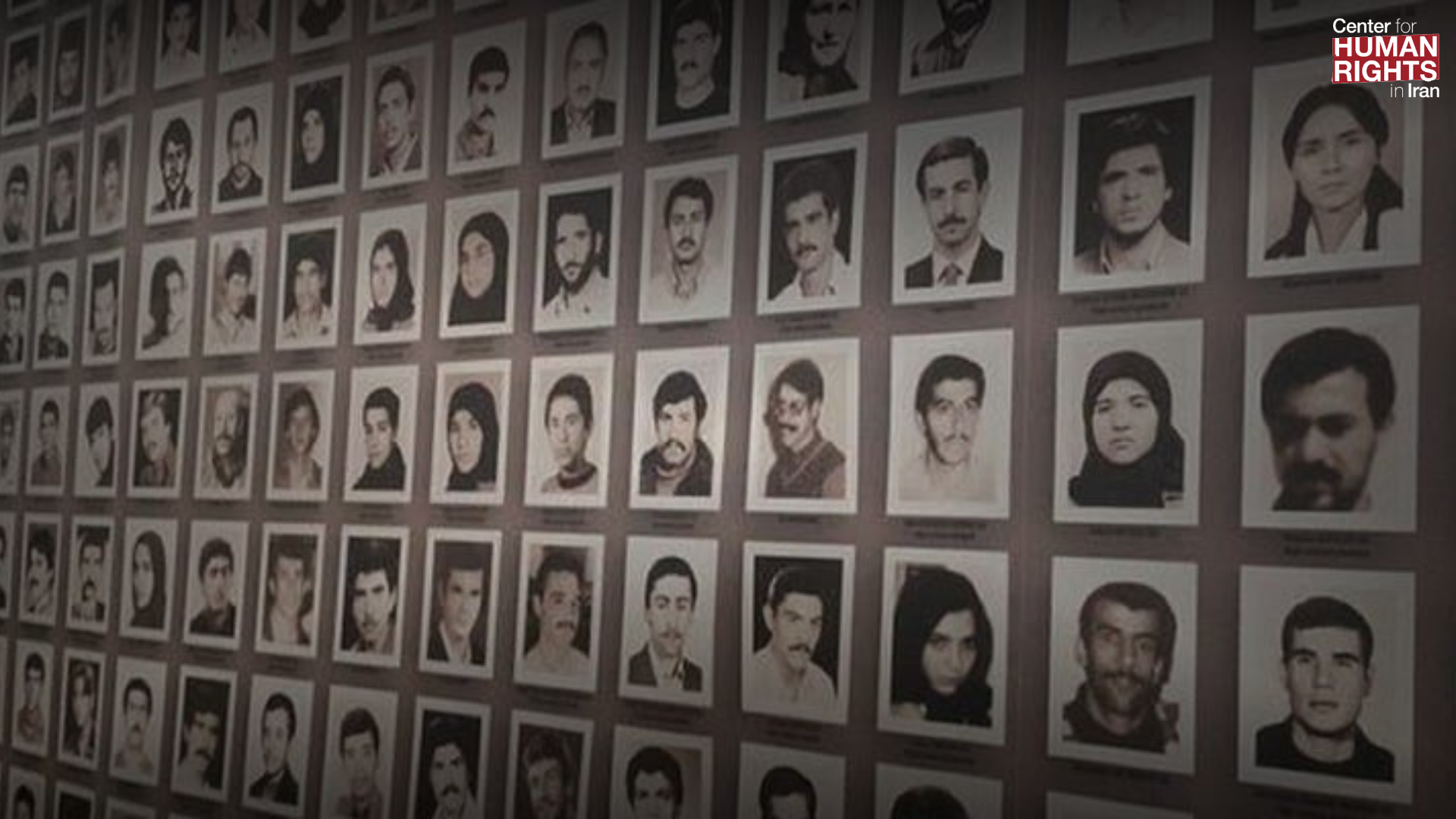
Paving Over Mass Graves Destroys Evidence of Crimes against Humanity
August 26, 2025—The Iranian authorities’ destruction of the graves of victims of the state’s massacres of political prisoners during the 1980s—by building a parking lot over Tehran’s Behesht Zahra cemetery where many of the bodies were dumped—is a grotesque crime and a blatant attempt to erase evidence of its crimes against humanity. It must be universally and forcefully condemned, the Center for Human Rights in Iran (CHRI) said today.
By paving over these graves, the Islamic Republic is destroying critical evidence of the atrocities it committed, such as in 1988, when it hanged and threw into mass graves some 5000 political prisoners, most of whom were already sentenced and serving their prison sentences. Numerous UN experts have stated these mass executions constitute a crime against humanity—and one in which there has never been any accountability by any official in Iran. Indeed, many of the officials involved went on to serve high-level positions in the Islamic Republic.
“Impunity for atrocities and crimes against humanity has been building for decades in the Islamic Republic, said Hadi Ghaemi, CHRI executive director. “There is a direct line between the massacres of the 1980s, the gunning down of demonstrators in 2009, and the mass killings of protesters in 2019 and 2022,” said Hadi Ghaemi, CHRI executive director.
“The Islamic Republic has learned it can kill huge numbers of its opponents—real or imagined—at will and without any real consequences. Until this ceases to be the case, this regime will continue to carry out mass killings, in the streets and at the gallows,” said Ghaemi.
CHRI calls on the UN and governments worldwide to demand that the Iranian authorities immediately cease the destruction and desecration of the individual and mass graves of victims of the 1980s mass executions.
The international community should also demand that the Iranian authorities cease persecuting families seeking information, the right to mourn, or justice for state crimes.
Tehran’s Deputy Mayor Davoud Goudarzi publicly stated that the graves of executed prisoners from the 1980s in Section 41 of Behesht Zahra Cemetery were being destroyed with official permission from authorities and turned into a parking lot. “Section 41 had been unused for years, and given the need for parking, after obtaining the necessary permits from officials, we redeveloped it for use,” he said.
BBC Persian, using satellite imagery dated August 18, 2025, confirmed that around 3,400 square meters of Section 41 of Behesht Zahra Cemetery had been completely leveled or asphalted, with another 2,200 square meters under preparation.
Amnesty International noted that “Individual and mass graves from the 1980s mass executions are crime scenes requiring forensic expertise for exhumation and evidence preservation.”
Destruction of the Graves is a Severe Violation of International Law
Saeid Dehghan, a prominent Iranian human rights lawyer and director of the Parsi Law Collective, talked with CHRI about the legal implications of the destruction of these graves:
“The destruction and repurposing of Section 41 of Behesht Zahra constitutes a clear violation of fundamental principles. The families of the victims of the 1980s massacres, according to the International Covenant on Civil and Political Rights, have the ‘right to know the truth’ about the fate of their loved ones and their burial places. Depriving families of this right and preventing mourning constitutes a form of psychological torture and cruel treatment, which is absolutely prohibited.
“The destruction of these sites also amounts to the elimination of evidence that could later be used to pursue accountability, identify those responsible for extrajudicial executions, and achieve justice. Therefore, this action represents a clear case of ‘continuation of the crime.’
“In addition, these sites are not merely individual graves—they are collective memorials and living records of the history of systematic repression. Destroying them is a deliberate effort to deny the truth, obstruct transitional justice, and undermine guarantees of ‘non-repetition.’
“The international community, particularly the UN Human Rights Council and Special Rapporteurs, should hold the Iranian government accountable for its human rights obligations and support the preservation and documentation of these memorials as an integral part of the historical memory of the Iranian people.”
Families of Victims Harassed by State for Decades
Ever since the state massacres of the 1980s, the relatives of the victims have been harassed, threatened, attacked, and arrested for continuing to try to find information regarding their loved ones’ deaths and/or burial sites and for trying to mourn at their graves and memorialize them, and this continues to the present day.
Indeed, for over four decades, the Islamic Republic has assiduously gone after family members seeking justice for many egregious state abuses—trying to intimidate and silence them so that they don’t publicize the state’s crimes and atrocities, or when they are not successful—punishing them with arbitrary arrest and detentions for trying to hold state officials accountable for unlawful deaths in the street, in state custody, or at the gallows.
Destruction of grave sites and depriving the state’s victims and their families of the ability to mourn and memorialize, is just one among many ways that the Islamic Republic has sought to erase its crimes, avoid accountability, and punish those who seek justice.
Graves from Many State Massacres Destroyed
The graves of the victims of state massacres during the 1980s are not the only ones the Iranian authorities have destroyed. The graves of other mass killings during and beyond the 1980s have also been bulldozed, built over, or used as a garbage dump by the Islamic Republic.
Farideh H., a family member of one of the victims of the massacres in the 1980s, told CHRI:
“As a family member of one of the [1980s] victims, whose brother is buried in Section 41, I feel anger and outrage. At the same time, I feel despair and helplessness, because throughout all these years, many families—especially those like ours living in smaller towns—suffered in isolation. Almost no one knew about our pain. Even until recent years, hardly anyone speaks about Section 41. In comparison, the families of Khavaran [a cemetery in Tehran where thousands of political prisoners executed in the 1980s were buried in mass graves] at least had greater opportunities to be seen and attract public attention.”
Hamed Farmand, whose uncle was executed in 1981 during the blood-soaked period from 1979-1981, when the new Islamic clerical regime was seeking to consolidate its control and wipe out its opponents, posted this tweet:
“We will never forgive any of you—neither the officials of the Islamic Republic at the time in 1981, nor the current national and municipal authorities, nor the private and commercial institutions that built their revenue-generating foundations on the unmarked graves of our dear ones. My uncle was also buried in this demolished ground. Your crime will not be forgotten.
This report was made possible by donations from readers like you. Help us continue our mission by making a tax-deductible donation.
